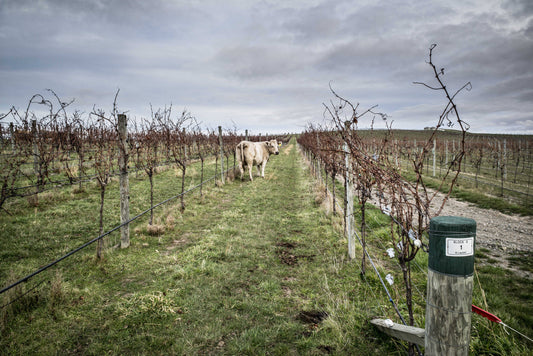| You miss most the little things when they are no longer in your gift. My early morning stroll to the village baker, so our son can have a still-warm pastry before he hooks up to Montalcino's secondary school online education webcast – the school itself is long since shut – is no more.
Emergency Italian laws now mandate only hermetic modes of travel. While my car's exhaust fumes warm the planet, any potentially toxic saliva droplets I exhale are contained by the mandatory mouth mask and Henry Ford's bodywork.
The bakery's ‘one out, one in’ rule means waiting your turn outside. Queue members suppress the natural instinct to hug or cheek-kiss any friends or family members they see.
Italian hugs are noisy, kinetic, battery charges. Perhaps this is why we feel less energized, with less to say and less loudly, mumbling placidly down to our unresponsive shoes to avoid spreading dangerous (oral) spray drift, normally an accepted part of life in farm communities.
With my full load of bread and pastries, the bakery’s door is tricky to close on the way out with just a single elbow due to a loose nut in the handle’s aluminium mount – its tightening another potential lock-down failure, but this time not one for the world’s front pages.
Montalcino last came under siege in the Middle Ages, when Siena and Florence rather than ’flu were the enemies. The town was the last to survive as an independent municipality in Italy. Hence Montalcino’s deeply rooted sense of exceptionalism derives not solely from its renowned Brunello and Rosso di Montalcino reds, Sangiovese ‘in purezza’ both.
As well as its 3,500 hectares (8,650 acres) of Sangiovese vineyards, Montalcino's forested area is greater now than in the 1860s. Twenty percent of Montalcino wineries, including three of the biggest five, are certified organic or biodynamic. But perhaps the most welcome statistic right now is that, space-wise, Montalcino is Siena province’s biggest commune by far. Its population density is a pandemic-unfriendly 23 times lower than that of the provincial capital Siena, itself hardly a Big Apple.
But new restrictions and social distancing mean that vineyard workers must stay at least one or more rows apart from each other, depending on vine spacing. Laura Gray of Il Palazzone says: ‘Work at this time of year is getting our five-hectare vineyard ready for 2020: tightening wires, fixing wire-hooks on the posts and so on. Obviously, our two workers can no longer car-share or have particularly convivial lunches. Everyone has gloves, masks and their own hand-gel. And we have already had several inspections by the local police to check all this. I send the team the constantly evolving safety procedures by WhatsApp. They send me back pictures of the vines.’
At Castelgiocondo, one of Montalcino’s biggest estates (270ha), also organic, Lamberto Frescobaldi from the owning family is cautious too: ‘We have assigned a specific tractor to a single driver so there is no risk of cross-contamination when there is a double shift.’
Fabian Schwarz of La Magia, one of Montalcino's smallest estate vineyards (4ha), has more commercial worries: ‘Having the vines in one spot right in front of the house and winery is such a relief. In this situation, I can do all the work alone. My concern is that promotional and sales events planned for the next six months have all been cancelled, and restaurants and bars worldwide are forced to close for now. It’s a worry, but thankfully many countries have not cancelled existing orders.’
Every bottle of Brunello di Montalcino DOCG or Rosso di Montalcino DOC wine must bear an official seal from the Consorzio (the growers’ officially regulated consortium) before it can be shipped. Special opening hours have been arranged for growers to collect seals. Celebrations for the 40th anniversary of Brunello di Montalcino’s elevation to DOCG status remain on hold. Montalcino's good fortune is that its wines travel well and are built to last.
And for locals, there’s always the bakery.
| 


